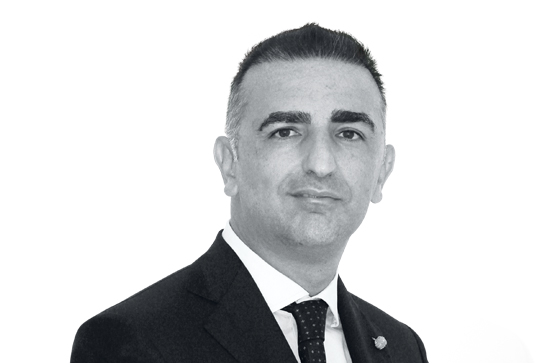
Orthodontic systems with palatal skeletal anchorage: Advanced Theoretic-Practical Course
29.03.2019, Tel Aviv-Yafo, IsrealInformation
Speaker
Dr. Iodice, Giorgio
Date
29.03.2019
Time range
08.00-15.00
Course number
Target group
Orthodontists
Price
Per Person: 500,00 NIS (plus VAT)
Location
Tel Aviv, Isreal
Renaissance Hotel
HaYarkon St 121
63453 Tel Aviv-Yafo, Israel, 63453, Tel Aviv-Yafo
Isreal
The course is aimed at clinicians with experience of using skeletal anchorage in orthodontics.
The introduction of the miniscrews and the temporary skeletal anchorage systems (TADs) has determined a real revolution in orthodontics, going to modify and simplify the setting and management of the anchor, one of the key points of orthodontic treatment. However, after an initial enthusiasm linked to the possibility of avoiding the side effects related to Newton‘s third law, with the increase of experience the clinicians have been able and should have noted the limits of this method. The insertion of TADs in a vestibular or palatal inter-radial site is associated, in fact, with a reasonable possibility of failure. This datum, first clinical, now supported by scientific evidence, is linked to the intrinsic characteristics of the chosen site, bone quality and inter-radicular space. All these factors can lead to a reduction in primary stability, with a consequent failure of TADs and important repercussions on the management of the anchor. Interference during the orthodontic movements of the TADs positioned in an inter-radicular position is of no less importance. The use, instead, of the front portion of the palate for the insertion of TADs allows to overcome these and other limits, ensuring qualitatively and quantitatively better bone characteristics and, at the same time, the absence of interference during orthodontic movements. The use of palatal skeletal anchorage therefore offers clinicians new and promising opportunities, with the possibility of developing many devices, for the most varied orthodontic objectives. The course therefore has as its objective the introduction of the clinician in the fascinating world of palatal skeletal anchorage, guiding him in the choice of the appropriate location and the related insertion protocols. All the clinical phases and components necessary for the development of orthodontic skeletal anchoring devices will be analyzed in detail. Finally, clinical examples will be analyzed of the most varied orthodontic possibilities offered by this innovative method. Finally, the PRACTICAL part of the course offers the possibility of simulating various procedures for the application and management of palatal anchorage devices.
Contact Data
Contact Person
Yossi Matzkel
Phone: +972-3-6822258
E-mail: 1@droreth.com
Sales partner:
Droreth (I. Matzkel) Ltd. 5,
Tel-Giborim Street
Tepper Bldg., 3rd Floor
Tel-Aviv 6810519,Israel
Phone: +972-3-6822258
E-mail: 1@droreth.com
Sales partner:
Droreth (I. Matzkel) Ltd. 5,
Tel-Giborim Street
Tepper Bldg., 3rd Floor
Tel-Aviv 6810519,Israel
